Cane knob in finely carved ivory, decorated with a multitude of masks in the Noh theater (men, demons ...) , Meiji period (1868-1912) late 19th century. . The masks each represent a particular character according to the feeling represented. A small slot below, towards the fixing. 46 mm
Noh or noh theater (能, nō?) Is one of the traditional styles of Japanese theater coming from a religious and aristocratic conception of life. Noh combines chronicles in verse with danced pantomimes. Sporting sumptuous costumes and specific masks (there are 138 different masks), the actors play mainly for shoguns and samurai. The Noh theater is made up of lyrical dramas from the 14th and 15th centuries1, with a simple and codified play. These actors are accompanied by a small orchestra and a choir. Their gestures are stylized as much as the speech that seems to be sung (Wikipedia).






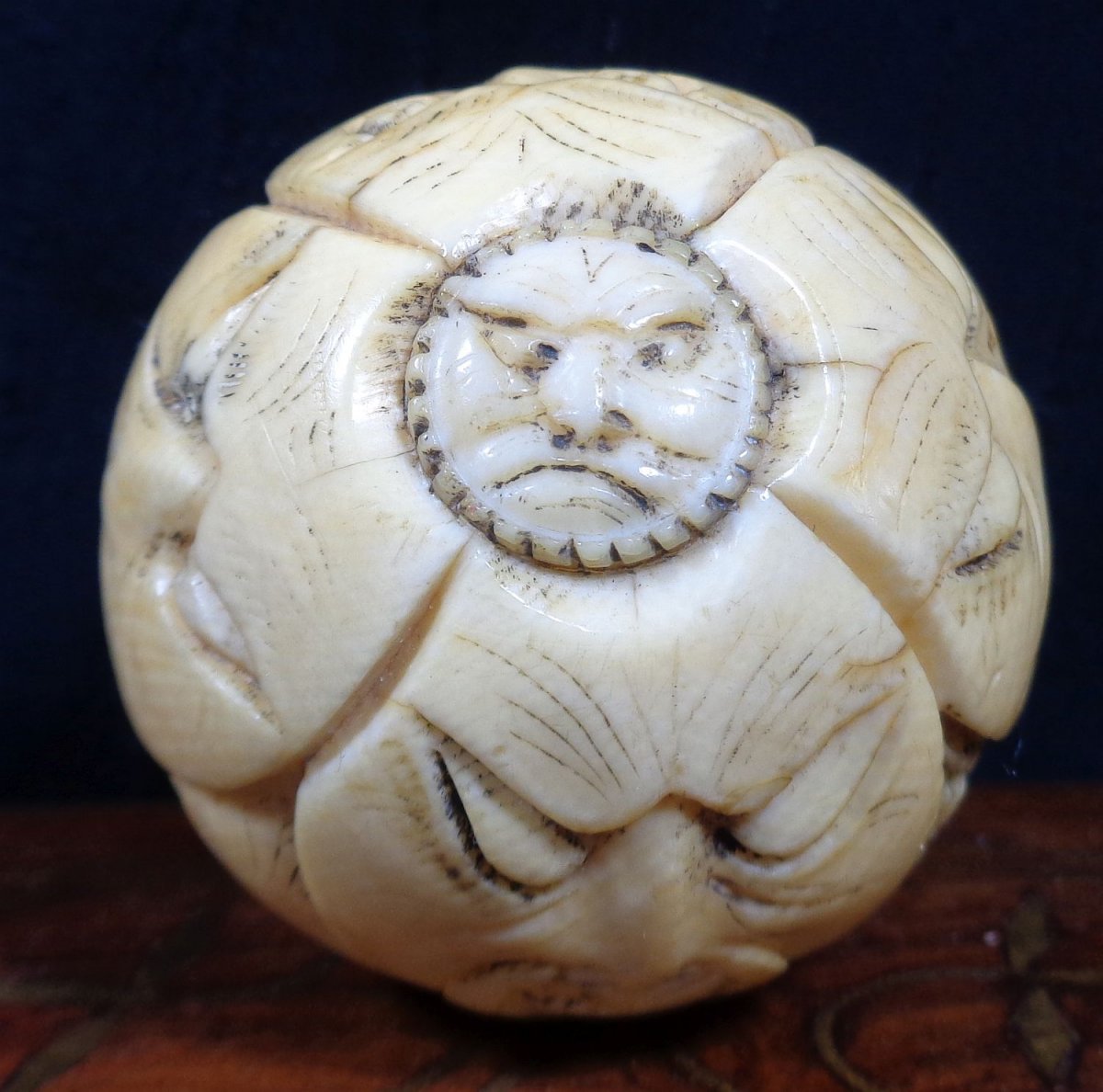
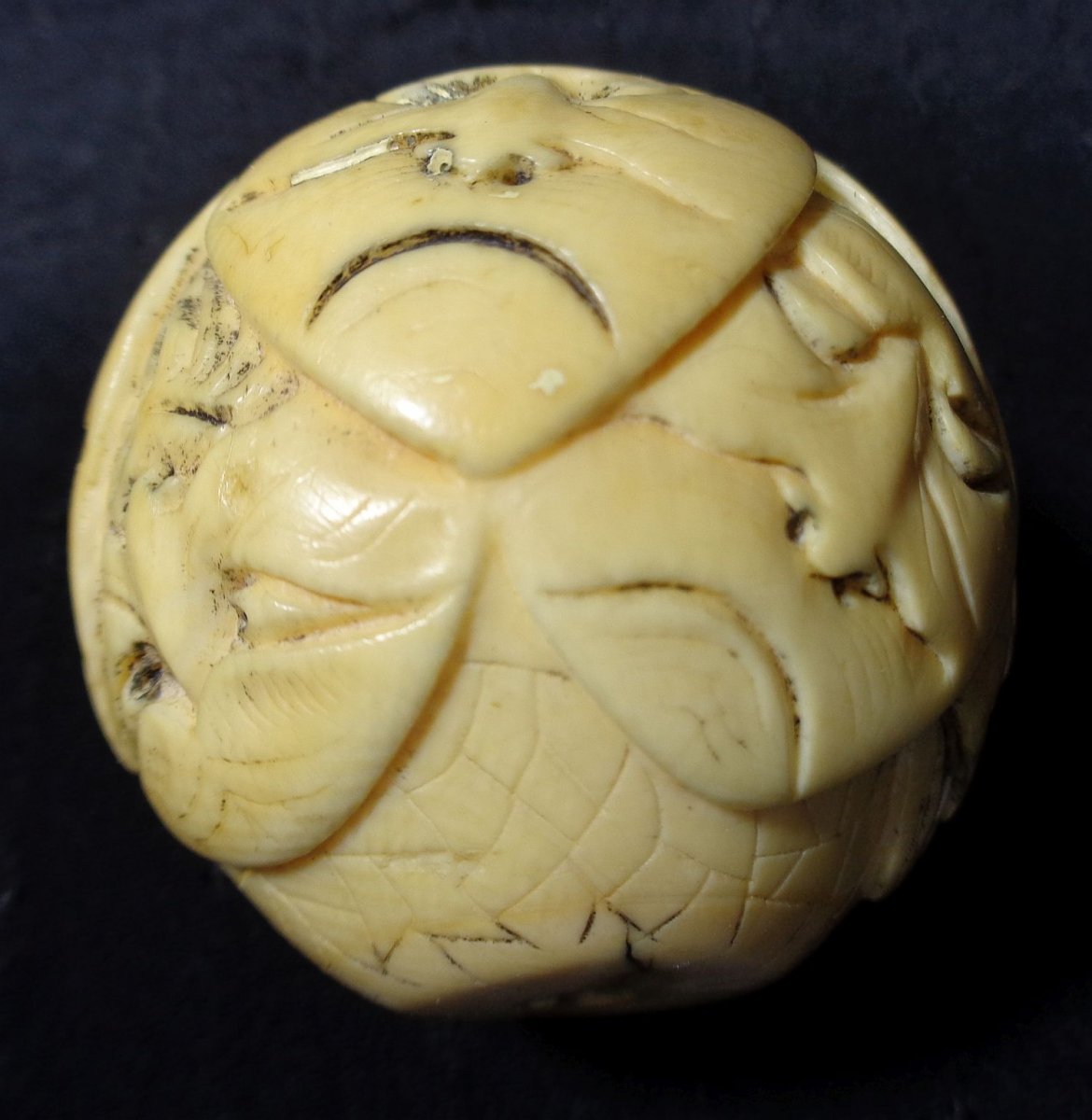
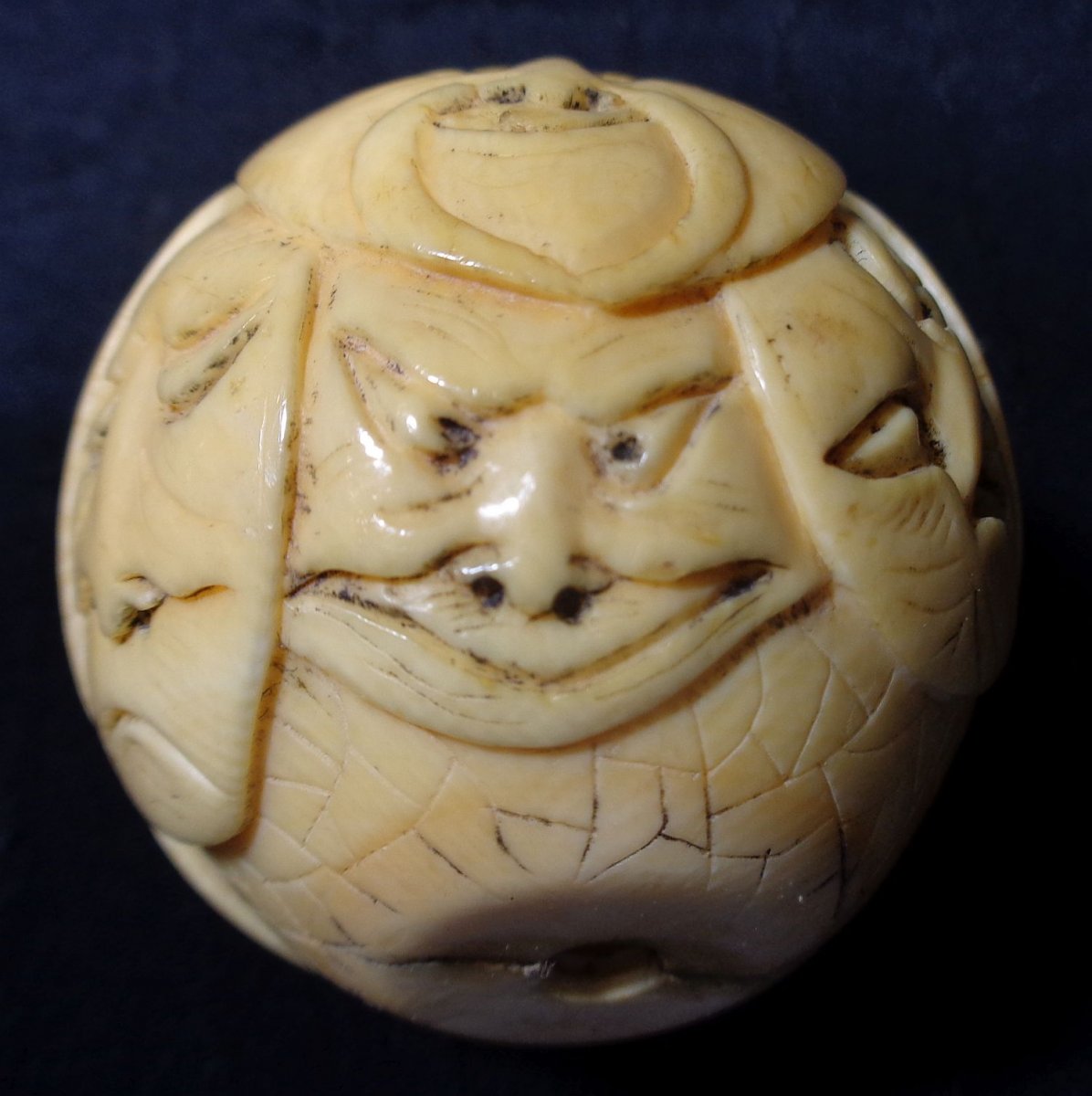
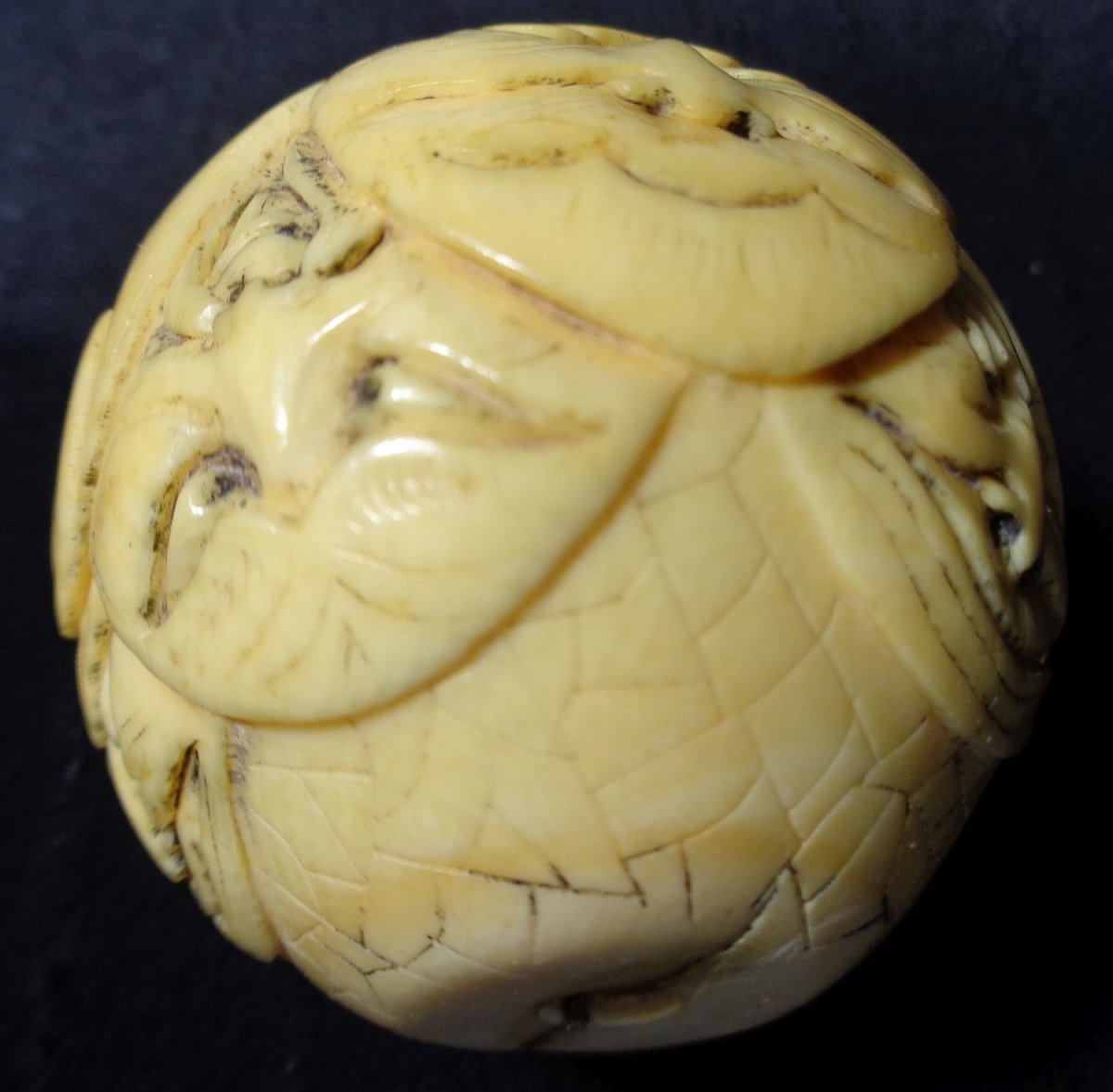
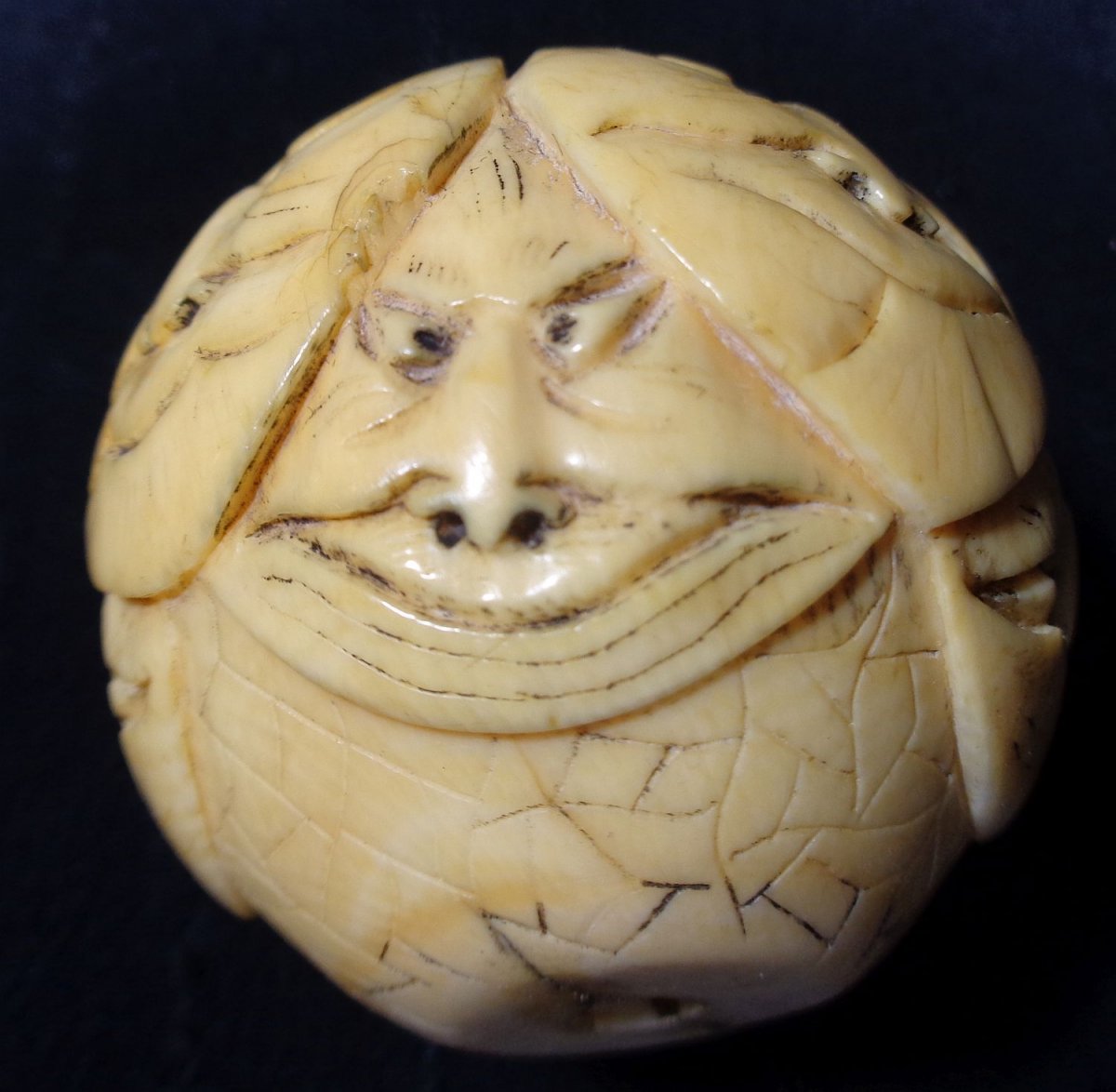


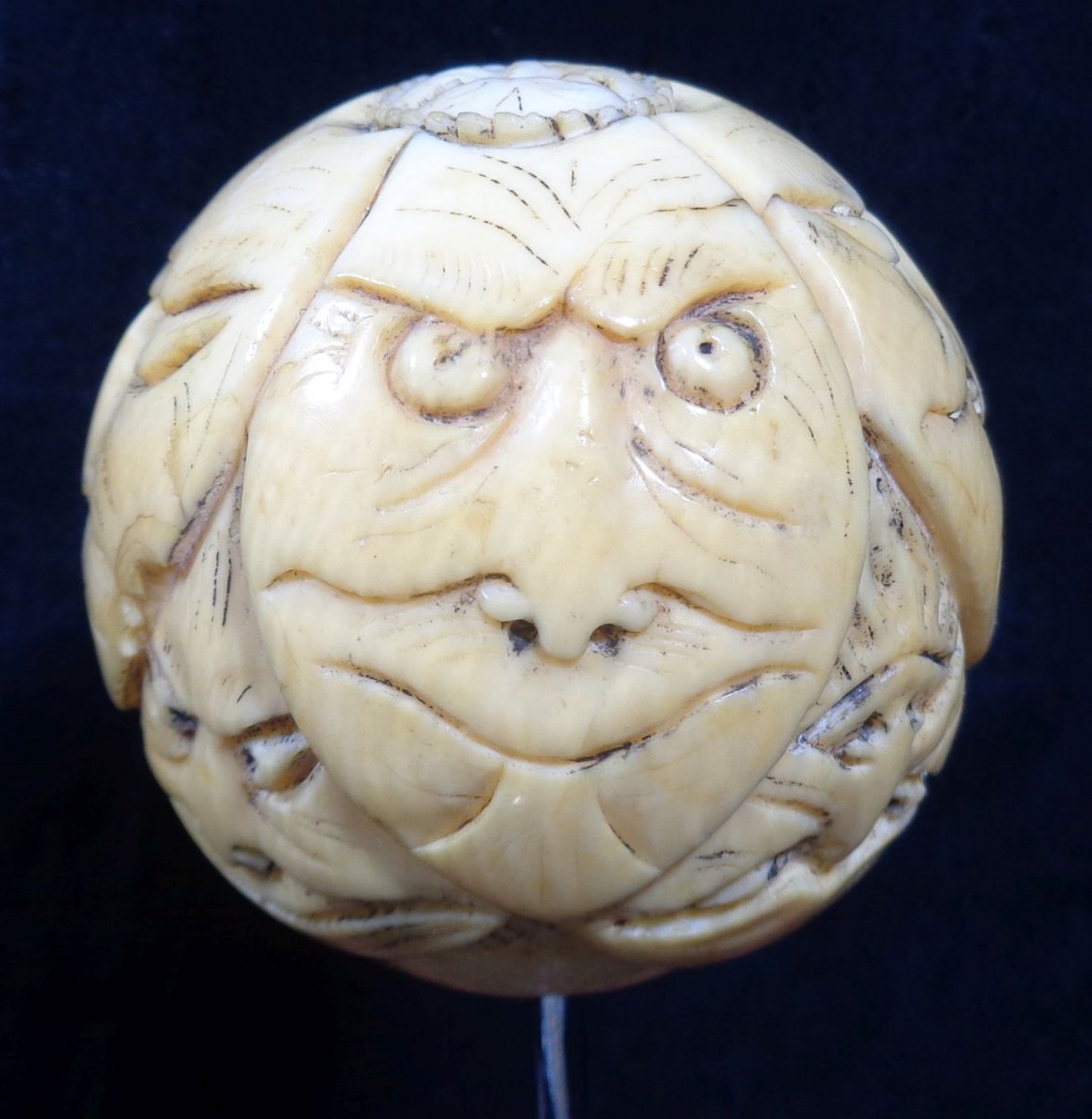

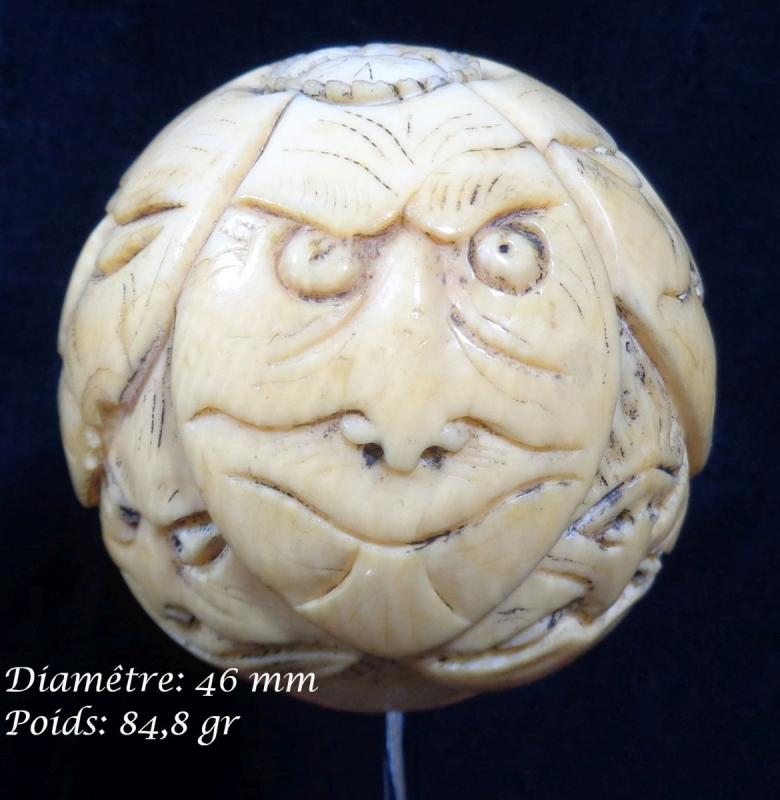

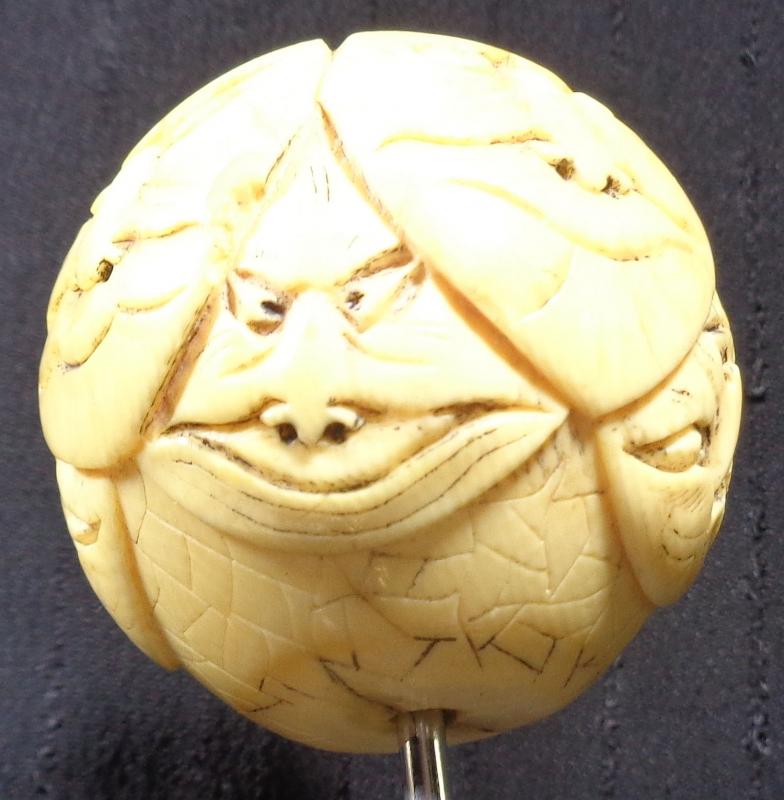





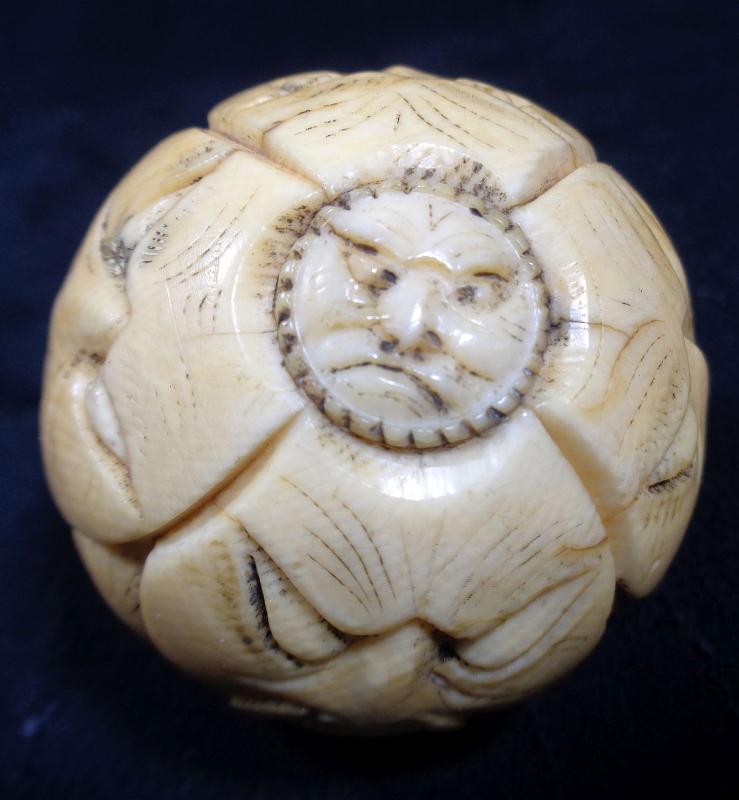




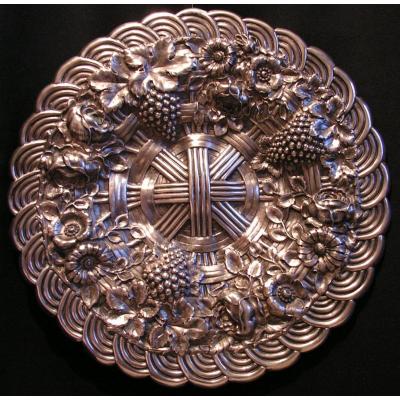




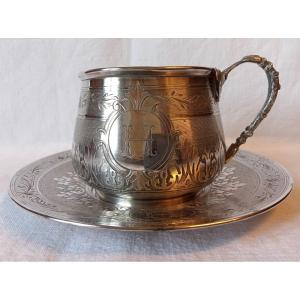
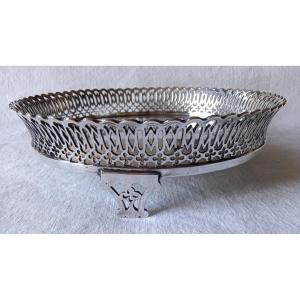
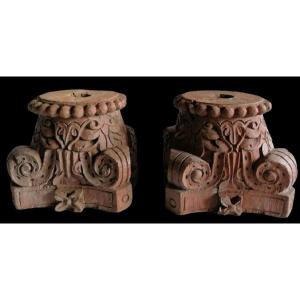

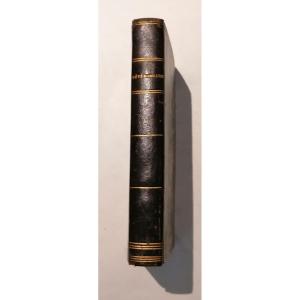



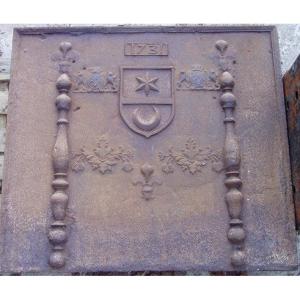
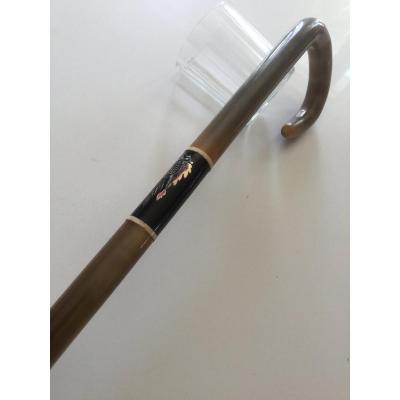
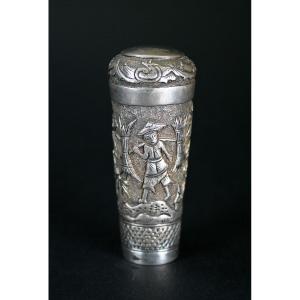
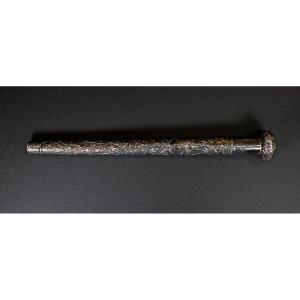





 Le Magazine de PROANTIC
Le Magazine de PROANTIC TRÉSORS Magazine
TRÉSORS Magazine Rivista Artiquariato
Rivista Artiquariato